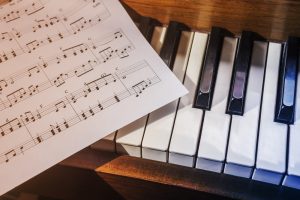Come join us now, and enjoy playing your beloved music and browse through great scores of every level and styles!
Can’t find the songbook you’re looking for? Please, email us at: sheetmusiclibrarypdf@gmail.com We’d like to help you!
Table of Contents
Morricone Gabriel’s Oboe, Nella Fantasia, Piano Solo sheet music, Noten, partitura, spartiti, 楽譜
Best Sheet Music download from our Library.
Please, subscribe to our Library.
If you are already a subscriber, please, check our NEW SCORES’ page every month for new sheet music. THANK YOU!
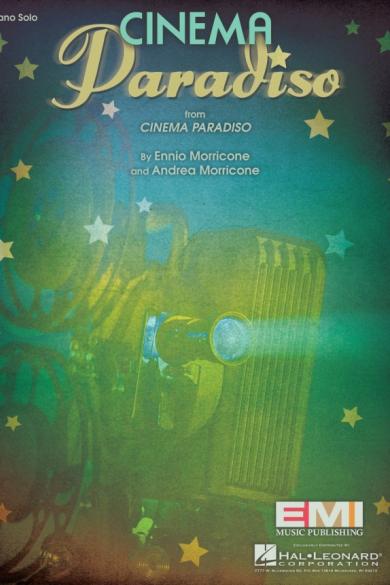

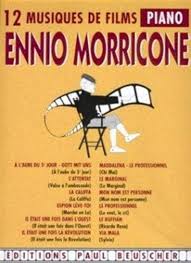


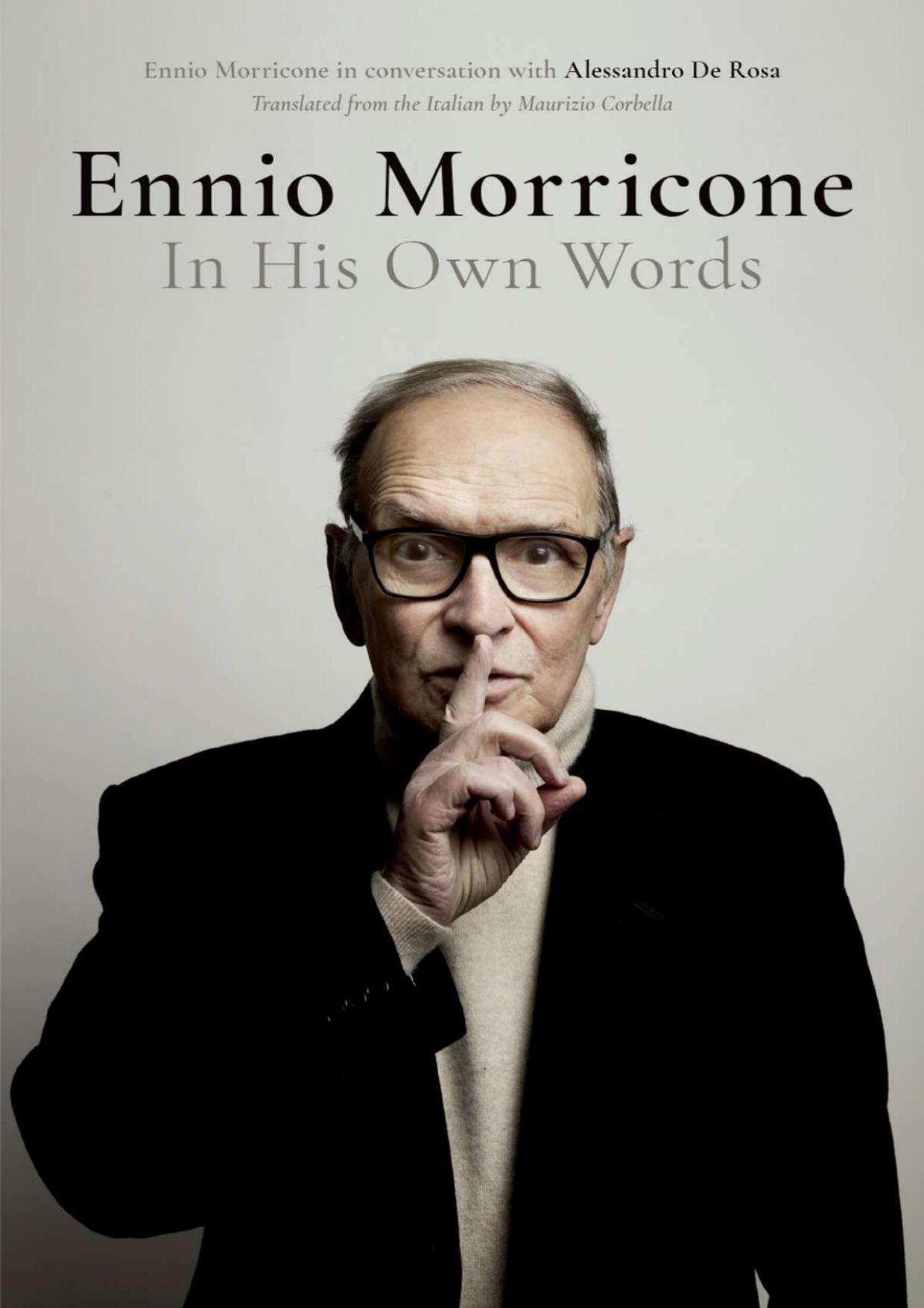
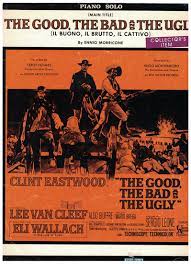




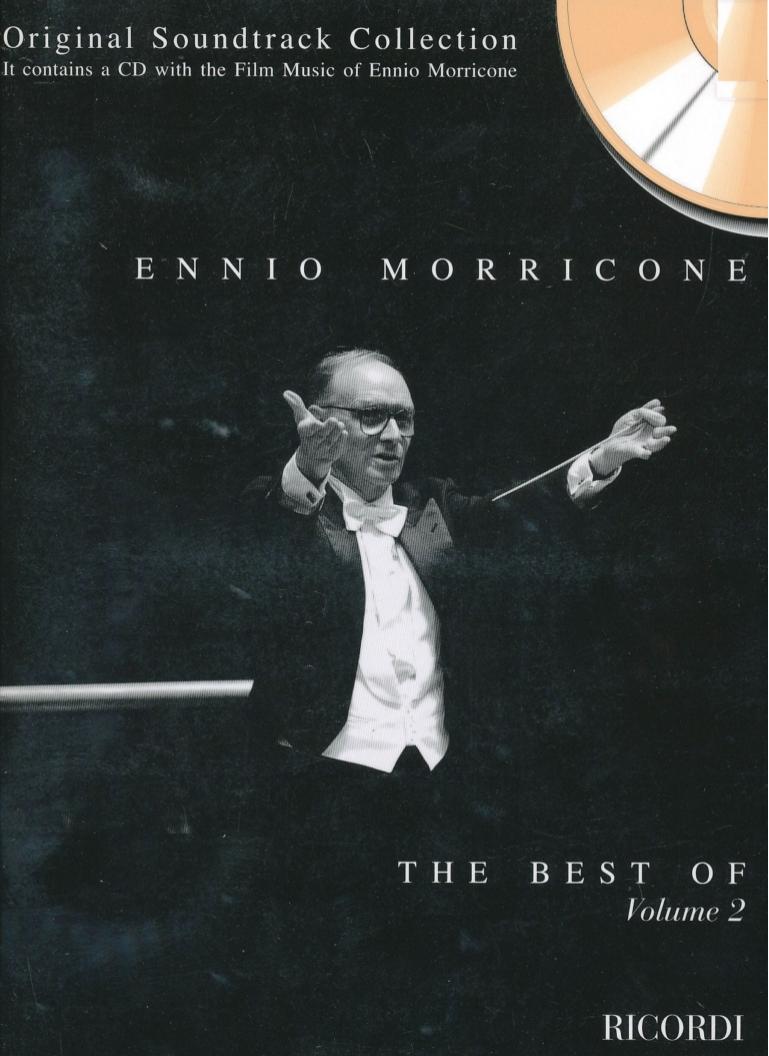

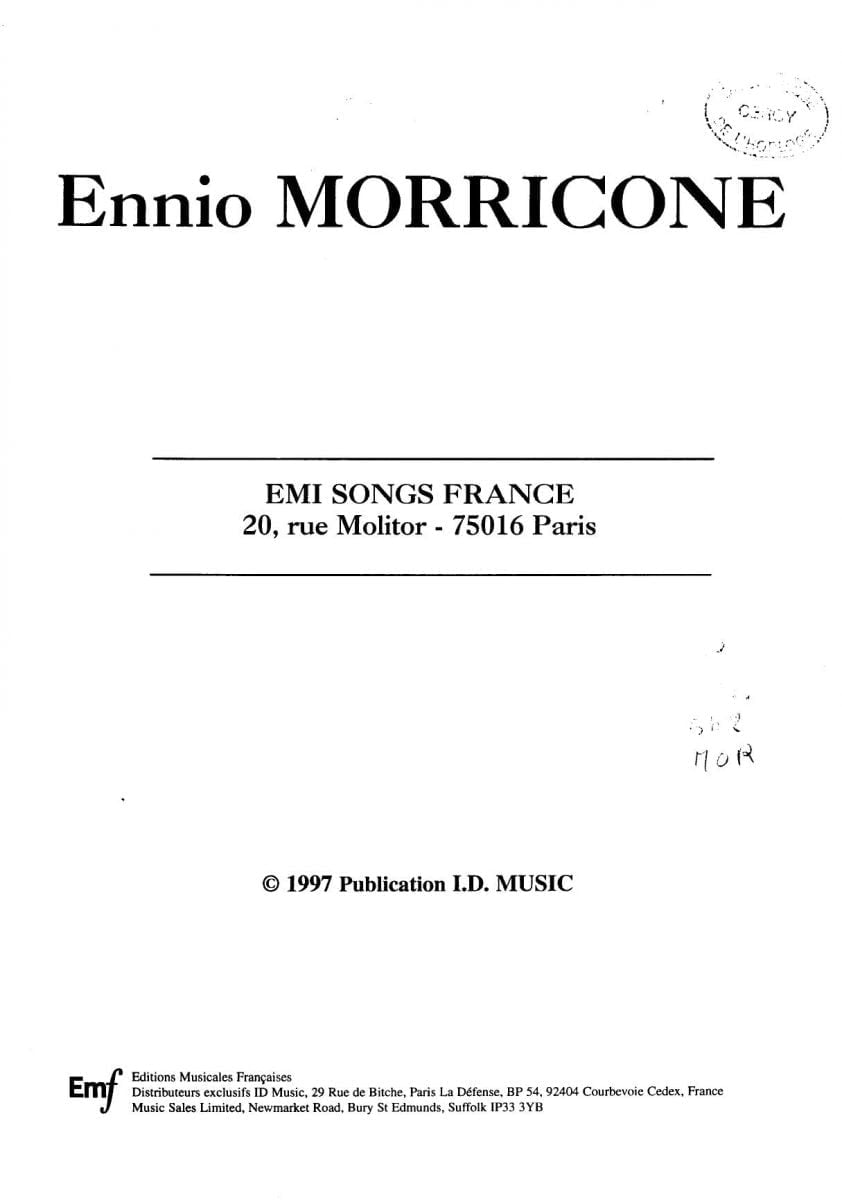

Browse in the Library:
Or browse in the categories menus & download the Library Catalog PDF:
Who was Morricone?
Ennio Morricone (1928–2020) was an Italian composer, conductor, and orchestrator, widely regarded as one of the greatest film composers of all time. He composed over 400 scores for cinema and television and wrote more than 100 classical works.
Key Highlights of His Career:
- Spaghetti Westerns: He became internationally famous for his iconic scores for Sergio Leone’s Dollars Trilogy (A Fistful of Dollars, For a Few Dollars More, The Good, the Bad and the Ugly) and Once Upon a Time in the West. His use of whistling, electric guitar, and haunting melodies redefined Western film music.
- Collaborations: Worked with directors like Leone, Quentin Tarantino, Brian De Palma, Giuseppe Tornatore, and Roland Joffé.
- Classical & Experimental Music: Beyond film, he composed avant-garde and orchestral pieces.
- Late Recognition: Despite his legendary status, he won his first competitive Academy Award (Oscar) only in 2016 for The Hateful Eight (Tarantino). Before that, he received an Honorary Oscar in 2007.
- Other Famous Scores: The Mission, Cinema Paradiso, The Untouchables, Malèna, The Battle of Algiers, and 1900.
Legacy:
Morricone’s music blended grand orchestration, innovative sound design, and emotional depth, influencing generations of composers. He remains a towering figure in both film and classical music.
Ennio Morricone’s music is a masterclass in melodic invention, orchestration, and emotional storytelling. His scores blend classical techniques, avant-garde experimentation, and popular influences in ways that revolutionized film music. Below is a breakdown of his key musical traits:
1. Distinctive Melodic Style
- Simple, Memorable Themes – Morricone often used minimalist motifs that were instantly recognizable (e.g., The Good, the Bad and the Ugly’s main theme).
- Haunting, Lyrical Lines – His love themes (Cinema Paradiso, Once Upon a Time in the West) are deeply expressive, often using long, sustained notes and chromatic movement.
- Childlike Whistling & Vocalizations – Used in Westerns (A Fistful of Dollars) to create an eerie, folklike quality.
2. Unconventional Instrumentation
Morricone frequently mixed traditional orchestral sounds with unusual textures:
- Electric Guitar (e.g., The Good, the Bad and the Ugly) – gave Spaghetti Westerns a modern edge.
- Harmonica (Once Upon a Time in the West) – acted as a character’s “voice.”
- Jaw Harp, Whistling, Chanting – added primal, raw energy.
- Eclectic Percussion – including whip cracks, gunshots, and anvils (Dollars Trilogy).
- Choral & Sacred Music – The Mission’s “Gabriel’s Oboe” blends Baroque influences with indigenous South American sounds.
3. Harmonic & Structural Innovation
- Modal & Diatonic Simplicity – Many Western themes use open fifths, Aeolian/Dorian modes, evoking vast landscapes.
- Sudden Harmonic Shifts – The Ecstasy of Gold (The Good, the Bad and the Ugly) builds tension through unexpected modulations.
- Minimalist Repetition – Some scores (The Thing) use Ostinatos (repeating patterns) for suspense.
- Dissonance & Atonality – In giallo (The Bird with the Crystal Plumage) and horror (The Thing), he employed clusters, aleatoric techniques, and prepared piano.
4. The “Morricone Sound” – Signature Techniques
- Extreme Dynamics – Sudden shifts from whispering strings to explosive brass (The Untouchables’ “Death Theme”).
- Counterpoint & Layering – Multiple melodic lines interacting (The Good, the Bad and the Ugly’s finale).
- Silence as a Tool – Leone’s films often used long pauses before dramatic musical bursts.
- Leitmotifs for Characters – Each protagonist in Once Upon a Time in the West has a distinct musical identity.
5. Influence & Legacy
- Reinvented Western Music – Replaced Hollywood’s symphonic Western scores with raw, minimalist, and eclectic sounds.
- Impact on Modern Composers – Hans Zimmer, John Williams, and Trent Reznor cite him as an influence.
- Bridging Classical & Popular – His concert works (Concerto for Orchestra) show his deep classical roots.
Recommended Listening for Analysis
- “The Ecstasy of Gold” (The Good, the Bad and the Ugly) – Study its building intensity, modal shifts, and choral layering.
- “Gabriel’s Oboe” (The Mission) – Baroque-inspired melody with indigenous percussion.
- “Chi Mai” (Le Professionnel) – Hypnotic repetitive motif with lush strings.
- “Deborah’s Theme” (Once Upon a Time in America) – Heartbreaking chromatic descent.
- “The Man with the Harmonica” (Once Upon a Time in the West) – Harmonica as a narrative device.
Gabriel’s Oboe Music
Musical Analysis of “Gabriel’s Oboe” (from The Mission, 1986)
Ennio Morricone’s “Gabriel’s Oboe” is one of his most elegant and emotionally transcendent compositions. Written for Roland Joffé’s film The Mission, it accompanies the scene where Jesuit priest Father Gabriel (Jeremy Irons) plays his oboe to peacefully approach a hostile Guarani tribe in 18th-century South America.
The piece blends Baroque-inspired lyricism, indigenous textures, and cinematic grandeur, making it a masterclass in melodic purity and orchestral storytelling.
1. Form & Structure
The piece follows a simple but effective A-B-A’-Coda structure:
- A section (0:00–0:50) – Oboe melody with light strings.
- B section (0:50–1:30) – Expanded orchestration, choir enters.
- A’ section (1:30–2:10) – Return of oboe melody, now with full strings and choir.
- Coda (2:10–end) – Gentle resolution, choir fades into silence.
This arch-like form mirrors the film’s themes of redemption and spiritual connection.
2. Melody & Harmony
- Melody: The oboe line is diatonic (mostly in G major), with a graceful, stepwise motion that gives it a Baroque quality (reminiscent of Bach or Vivaldi).
- The opening phrase ascends gently (G-B-D-E), then descends in a sighing motion, evoking both hope and melancholy.
- Morricone avoids excessive ornamentation, keeping it pure and hymn-like.
- Harmony:
- Mostly tonal (G major), but with subtle modal shifts (briefly touching on E minor).
- The B section introduces richer harmonies, with suspensions (4-3 resolutions) in the strings, adding a sacred, almost Renaissance-like quality.
- The final cadence avoids a strong tonic resolution, instead fading into silence—symbolizing the temporary nature of peace in the film.
3. Orchestration & Texture
Morricone’s genius lies in how he builds layers:
- Solo Oboe (A section) – Represents Father Gabriel’s vulnerability and sincerity.
- Soft Strings (pizzicato & sustained) – Add warmth and depth without overpowering.
- Choir (B section onwards) – Wordless voices (often in close harmony) symbolize the Guarani people’s gradual acceptance.
- Light Percussion (indigenous touches) – A faint rainstick or shaker can be heard, grounding the piece in the Amazon setting.
The texture grows from monophonic (oboe alone) to homophonic (choir + strings), mirroring the tribe’s growing trust.
4. Emotional & Narrative Function
- The oboe = a bridge between cultures – Its pure, non-threatening sound disarms the Guarani warriors.
- The choir = spiritual unity – When the voices enter, it signifies shared humanity.
- The unresolved ending – Foreshadows the film’s tragic conclusion, where colonial violence destroys this fragile peace.
5. Why It’s So Effective
- Simplicity with depth – The melody is easy to remember yet carries layered meaning.
- Cultural fusion – Combines European classical (oboe, strings) with indigenous (percussion, open harmonies) seamlessly.
- Cinematic storytelling – The music does the acting, conveying emotion without dialogue.
Comparisons & Influence
- Similar to Baroque sacred music (e.g., Bach’s “Sheep May Safely Graze”) but with cinematic sweep.
- Later used in concerts and religious settings, proving its universal emotional power.
